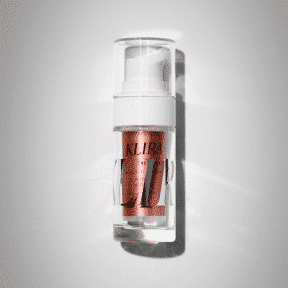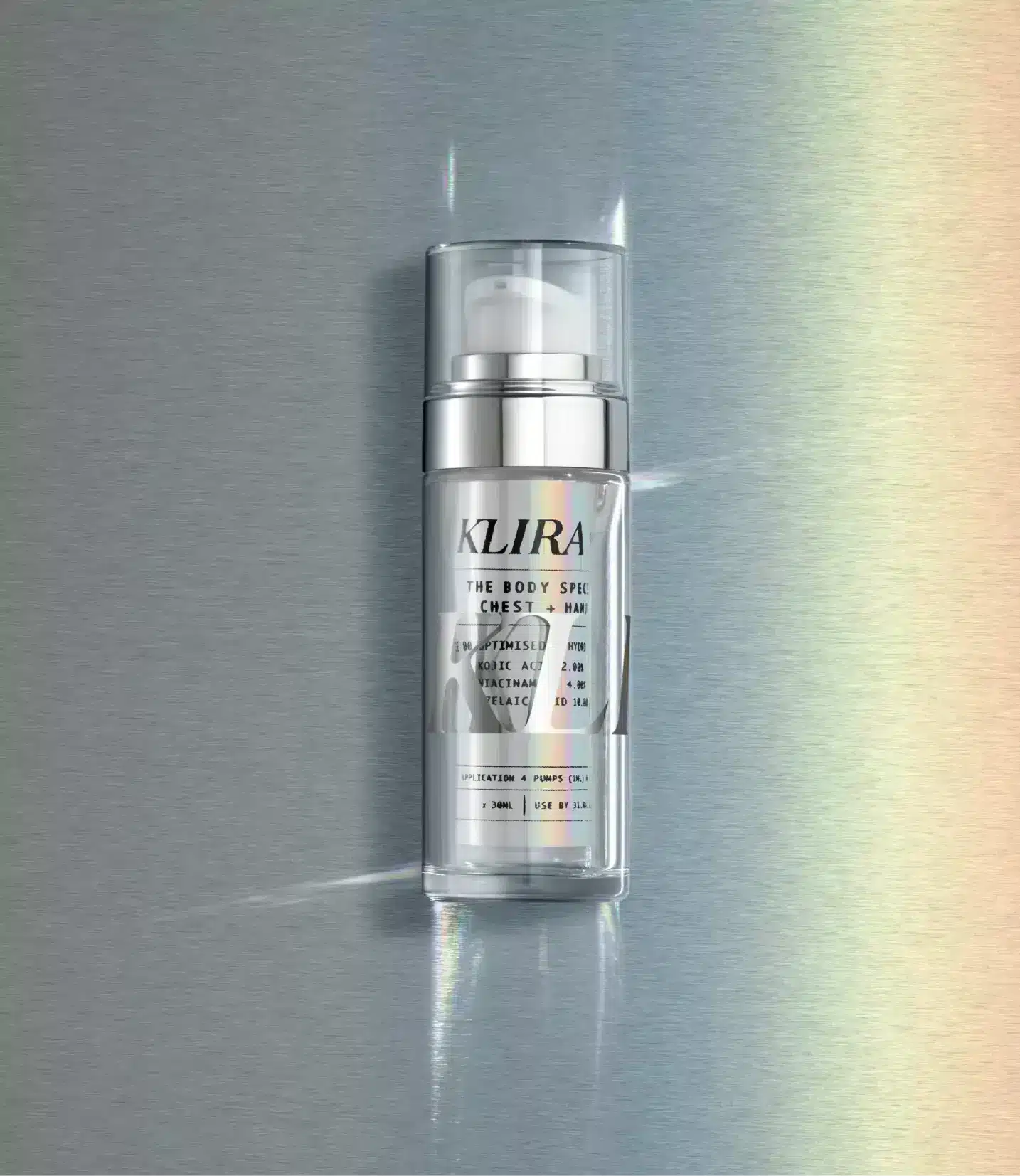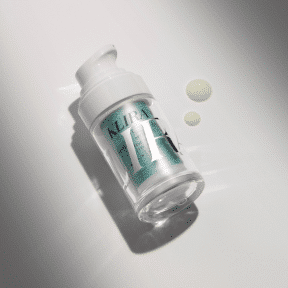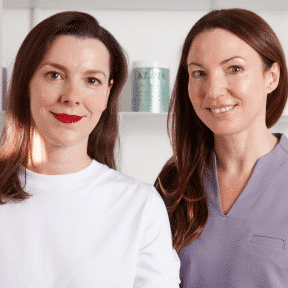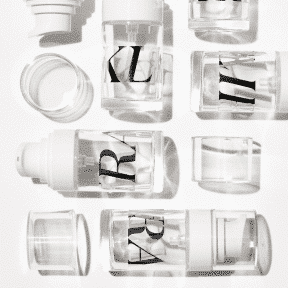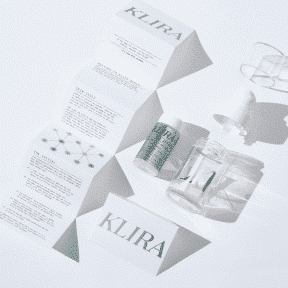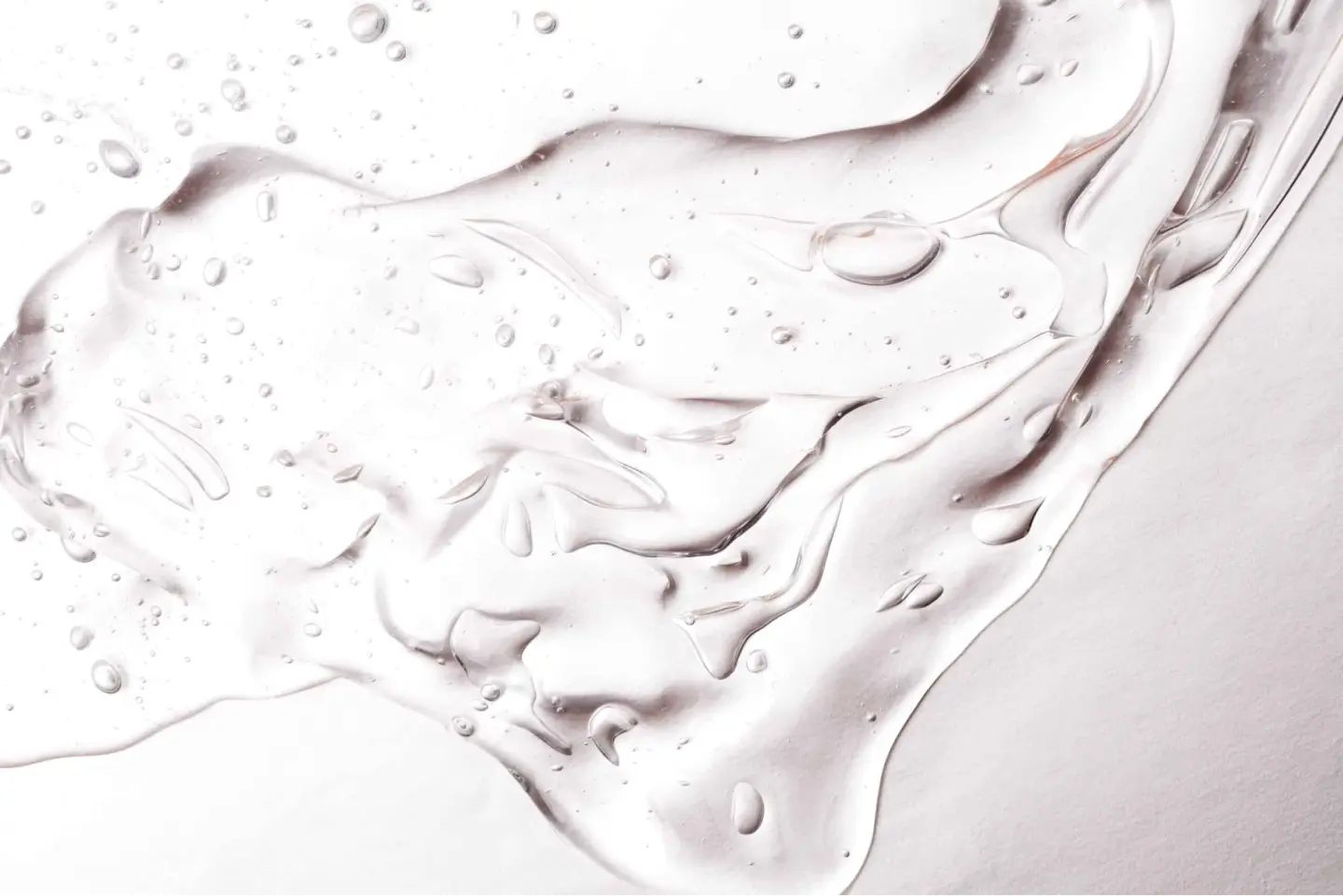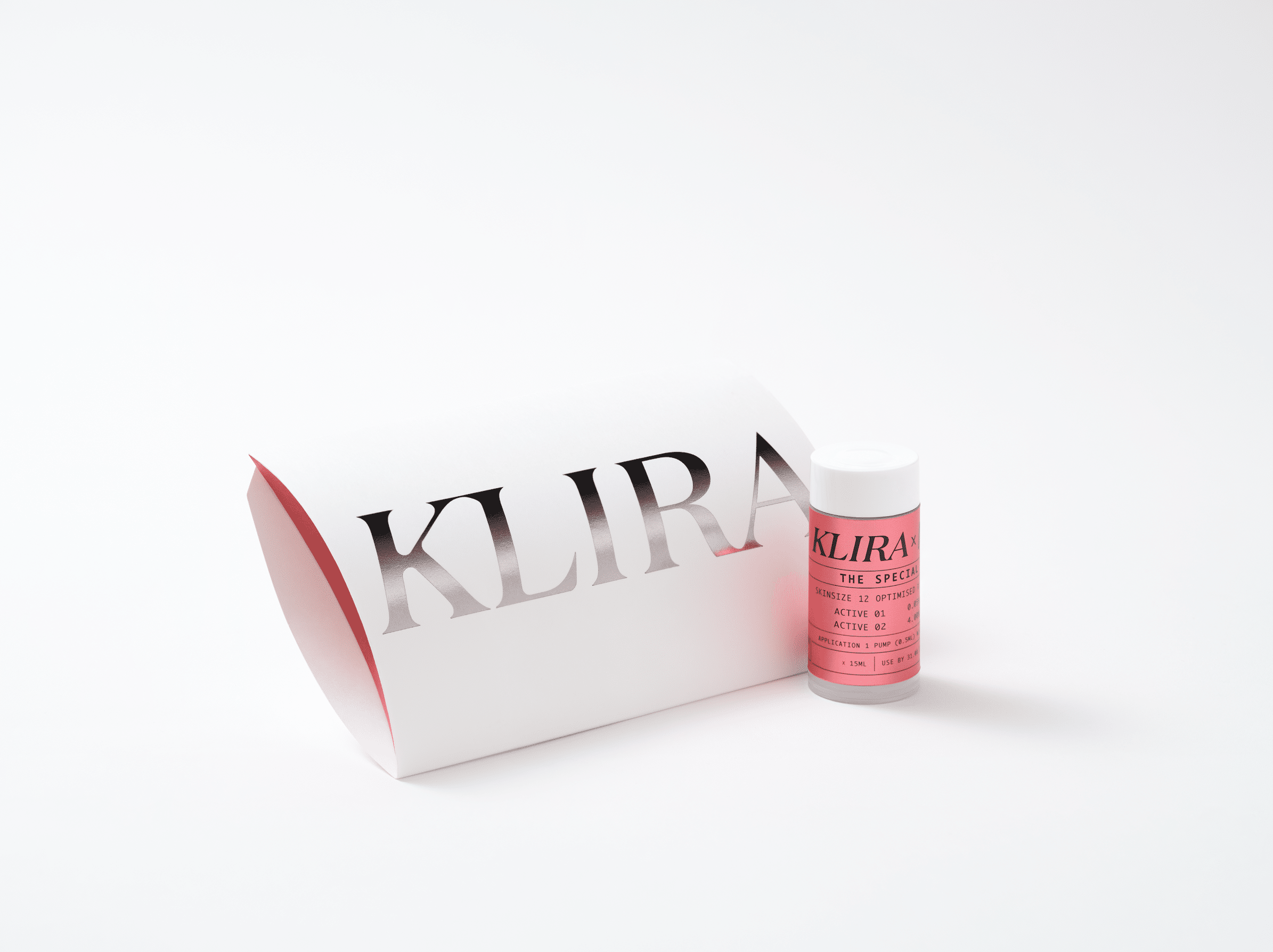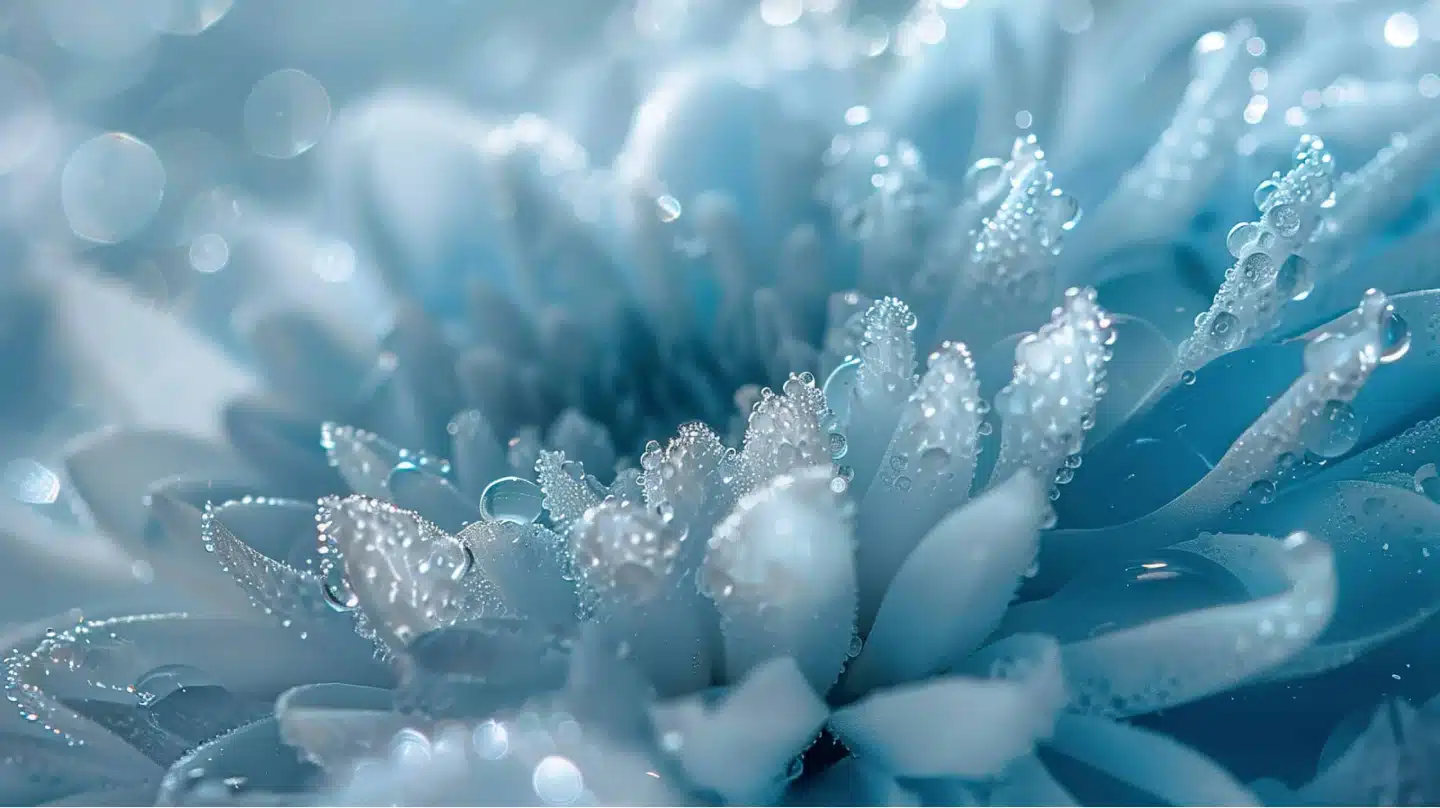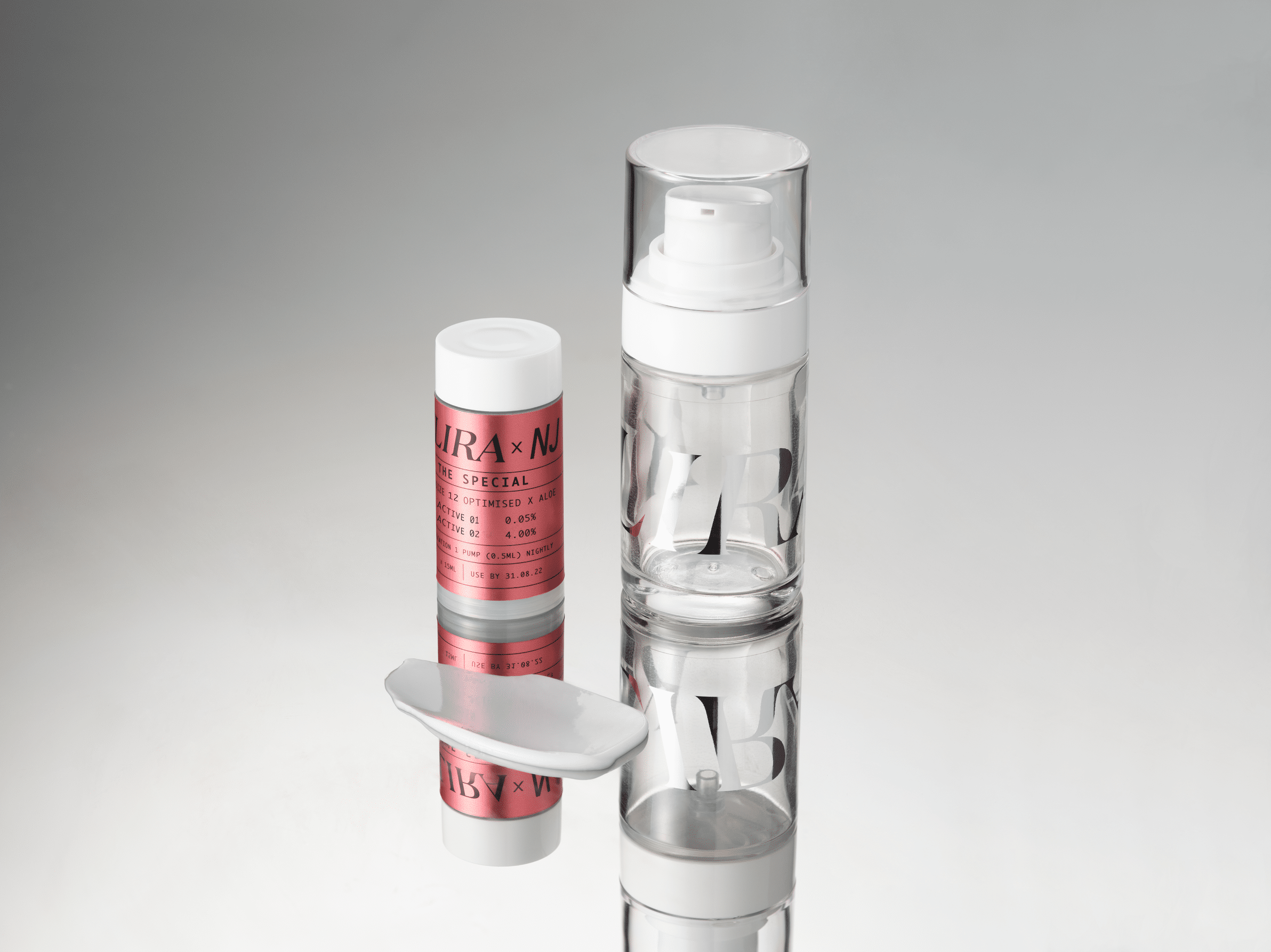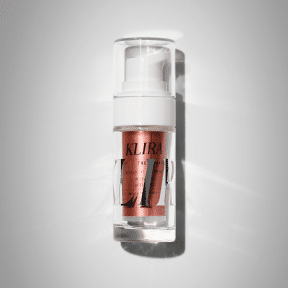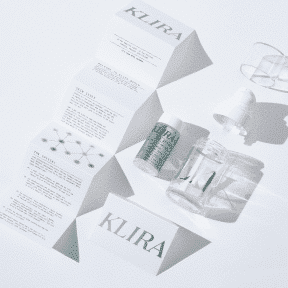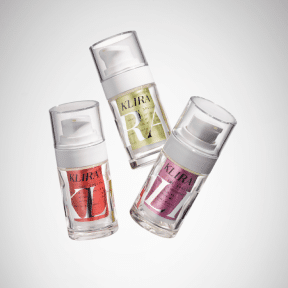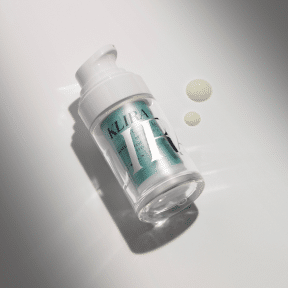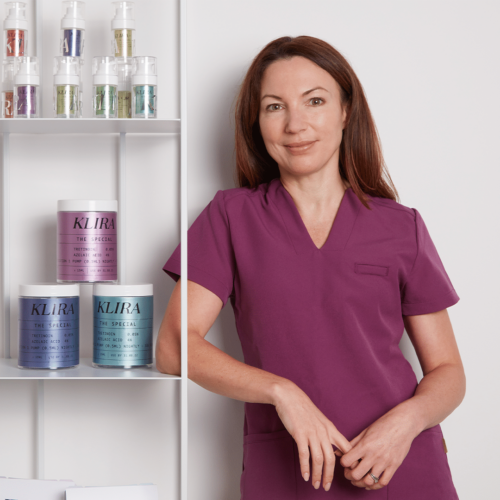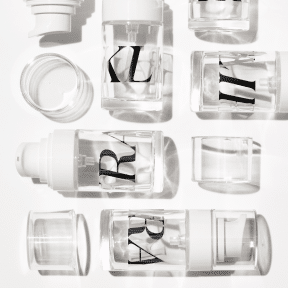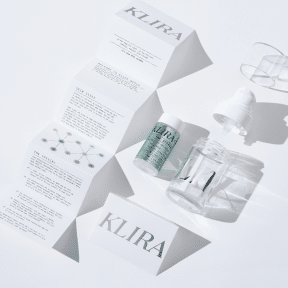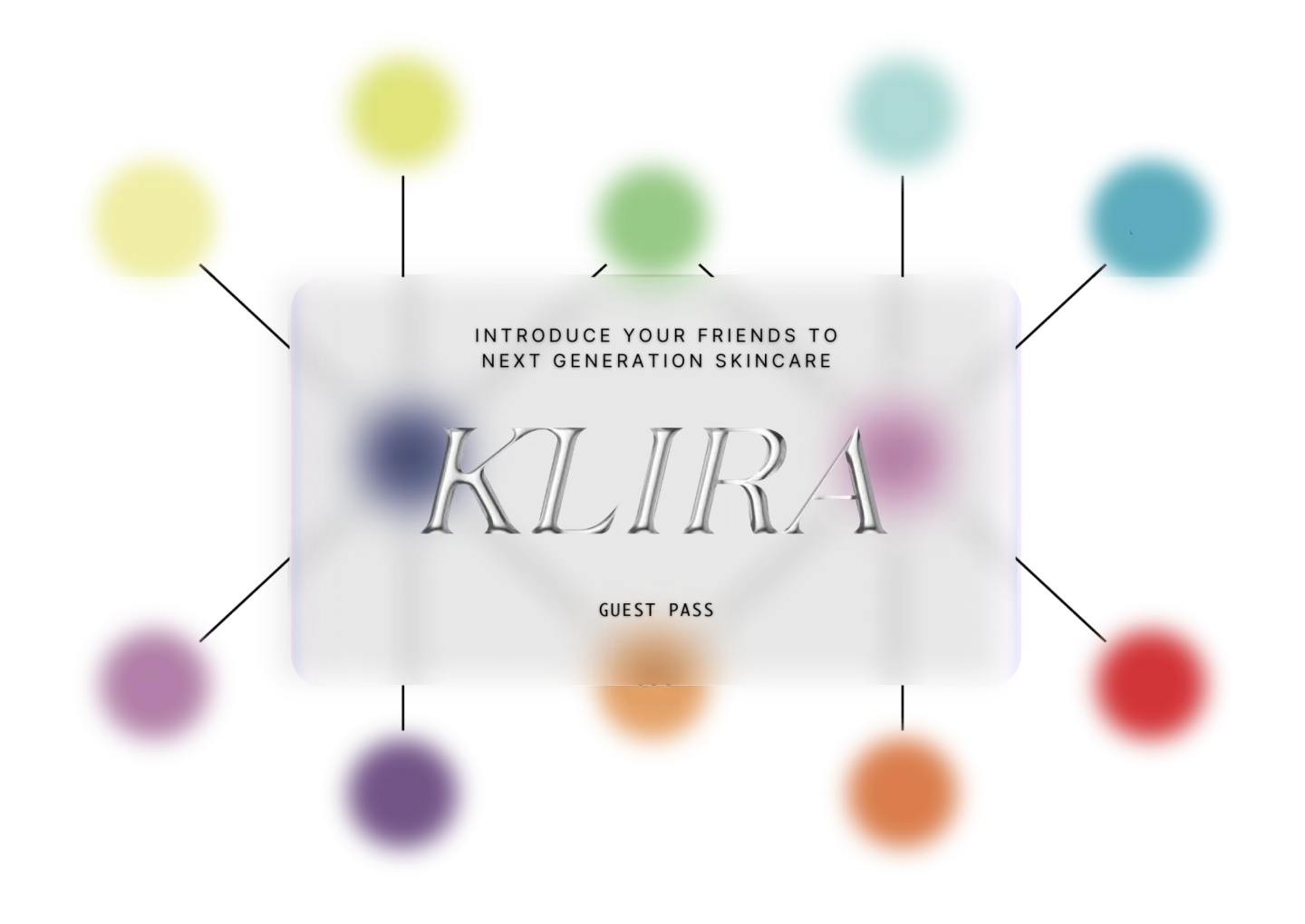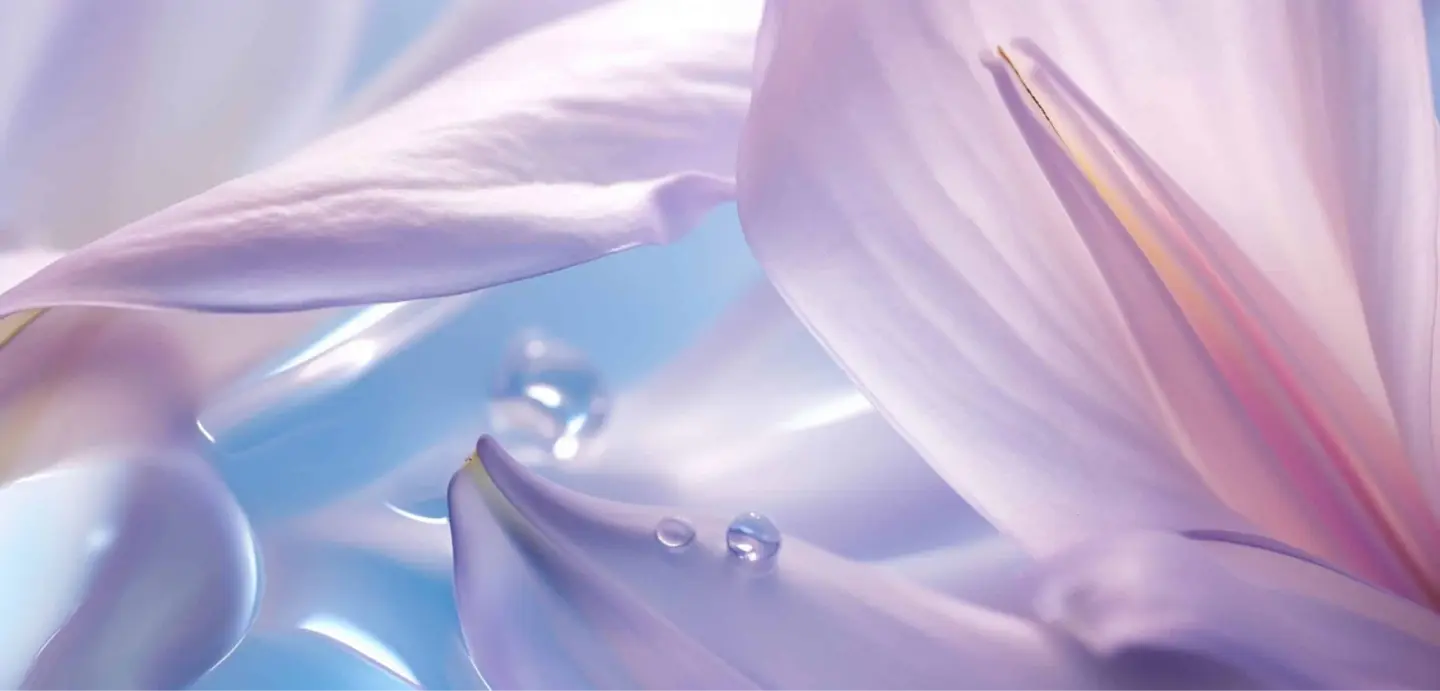
Just when we thought we would never see the end of winter, spring is finally in sight.
Before we break out the t-shirts here are a few end of winter tips for your skin.
Checked your expired SPF
If you are someone who does not wear sunscreen all year round (talk to us please!) the NHS advises you should definitely be wearing it from March until October. With March just a few weeks away check your sunscreen’s use by date. Most sunscreens have a shelf life of two to three years, but check your bottle and the period after opening symbol. If it has been in the bottom of your beach bag for a while, you may want to consider a fresh one.
Don’t forget your lips & cuticles!
Winter weather can really affect lips and cuticles, and sometimes these areas get neglected. Walking outside in wet, blistery weather or hitting the slopes can lead to cracked, chapped lips and ragged cuticles. A rich balm or Vaseline can help restore moisture balance in dry cracked areas.

Shaving tips
For some of you shaving may be on a legs-out-only basis. So if you are gearing up for the Big Spring Shave before shorts season, we are not here to judge, just some tips to keep in mind. Change your razor blade regularly and make sure it is clean, don’t dry shave, and make sure to moisturise soon after to prevent irritation.
Emerge into the spring sun… carefully!
Most people are so excited with the first sun makes an appearance there is no holding them back. Whether we are lucky enough to see a single British ray or escape for a sunny winter break, be prepared!
Sudden exposures to drastic temperature changes are when burns and sun hives are most likely to happen.
They catch you unaware and you can end up with a blistery burn, which can really increase your risk of skin cancer. So get out there, enjoy yourself, but protect yourself.
Embrace humectants
Look for ingredients like hyaluronic acid, glycerin, and ceramides in your skincare products. These humectants attract and retain moisture, leaving your skin feeling plump and hydrated. (spoiler alert: you will find quite a few humectants in your Klira special).
Get your own bespoke KLIRA formula by taking the SkinSize™ test.


